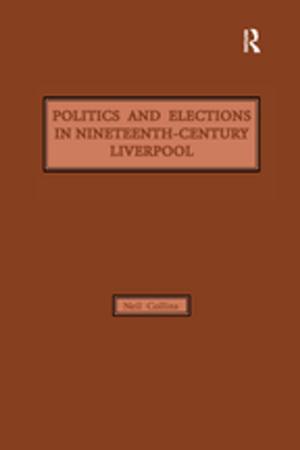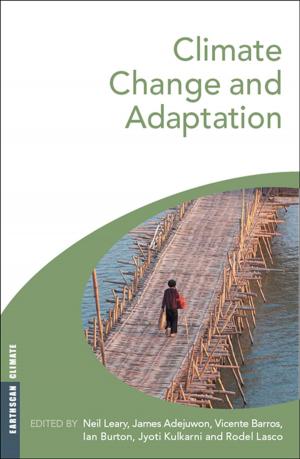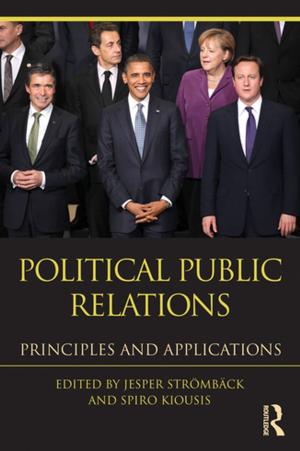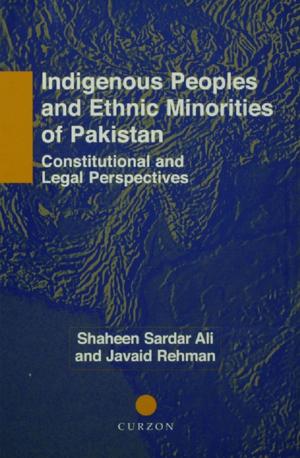Critical Geographies of Sport
Space, Power and Sport in Global Perspective
Nonfiction, Social & Cultural Studies, Social Science, Human Geography, Sociology, Urban, Sports| Author: | ISBN: | 9781317404293 | |
| Publisher: | Taylor and Francis | Publication: | October 4, 2016 |
| Imprint: | Routledge | Language: | English |
| Author: | |
| ISBN: | 9781317404293 |
| Publisher: | Taylor and Francis |
| Publication: | October 4, 2016 |
| Imprint: | Routledge |
| Language: | English |
Sport is a geographic phenomenon. The physical and organizational infrastructure of sport occupies a prominent place in our society. This important book takes an explicitly spatial approach to sport, bringing together research in geography, sport studies and related disciplines to articulate a critical approach to ‘sports geography’. Critical Geographies of Sport illustrates this approach by engaging directly with a variety of theoretical traditions as well as the latest research methods.
Each chapter showcases the merits of a geographic approach to the study of sport – ranging from football to running, horseracing and professional wrestling. Including cases from Asia, Africa, the Middle East, Europe and the Americas, the book highlights the ways that space and power are produced through sport and its concomitant infrastructures, agencies and networks. Holding these power relations at the center of its analysis, it considers sport as a unique lens onto our understanding of space.
Truly global in its perspective, it is fascinating reading for any student or scholar with an interest in sport and politics, sport and society, or human geography.
Sport is a geographic phenomenon. The physical and organizational infrastructure of sport occupies a prominent place in our society. This important book takes an explicitly spatial approach to sport, bringing together research in geography, sport studies and related disciplines to articulate a critical approach to ‘sports geography’. Critical Geographies of Sport illustrates this approach by engaging directly with a variety of theoretical traditions as well as the latest research methods.
Each chapter showcases the merits of a geographic approach to the study of sport – ranging from football to running, horseracing and professional wrestling. Including cases from Asia, Africa, the Middle East, Europe and the Americas, the book highlights the ways that space and power are produced through sport and its concomitant infrastructures, agencies and networks. Holding these power relations at the center of its analysis, it considers sport as a unique lens onto our understanding of space.
Truly global in its perspective, it is fascinating reading for any student or scholar with an interest in sport and politics, sport and society, or human geography.















